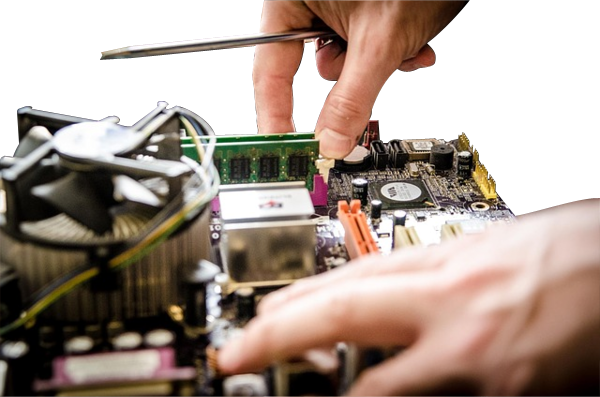A quick fix, and easy maintenance for your MS Windows PC.
Author: Neil Patterson ::
2024 Expertek
Views: 1984 - Updated 6/25/2015 5:11 am Print this tip
Windows keeps getting more stable program than each previous version, but it still requires minor maintenance when the system is responding unusually. This is easily performed by the end user following these steps about once every 2 weeks or whenever you're having trouble in Windows:
Close all active applications but Don't exit windows! Open your temp area (this will vary depending on which windows version you're running)
Operating System (OS) |
Temp Files Location |
| Windows 9x, ME | c:\windows\temp |
| Windows 2000, XP | c:\documents and settings\{name}\local settings\temp (where {name} is the name of the user profile folder.) |
| Windows Vista, 7 | C:\Users\{name}\AppData\Local\Temp (where {name} is the name of the user profile folder.) |
You can also get there by clicking Start, Run, typing in %temp% and clicking OK.
- Press CTRL-A (should tag ALL the files).
- Press Del and send ALL the files to the recycling bin.
- There may be a dialog asking you to confirm that you want to delete certain types of files:
- Regarding of Operating System, read-only & EXE (executable) files - go ahead and delete them. (say "yes to all")
- If it says that the deletion will affect a REGISTERED Program - it's OK to delete them!! (Say "yes to all") if the directory is needed again, it will recreated.
- Once the temp folder is cleared out, Close all window and restart your computer.
FOLLOW UP FAQ:
WHAT ARE TEMP FILES AND HOW DO THEY GET LEFT BEHIND?
Temp files get created whenever the application you're working in needs more memory than what you have available. These files are usually cleaned up when the application is done using them, or when it is shut down. However, if a lockup occurs, each application you have to terminate can leave behind any temp files that were in use. If the application happened to be in the process of writing these files, they can be incomplete or damaged.
WHY DO TEMP FILES CAUSE PROBLEMS?
Windows reads the contents of the active TEMP folder every time it starts up to see if there is anything needing to be recovered from the previous session. If there is anything in there that is damaged or garbled, they can cause unusual problems. The Bottom line is that if there are no windows applications running, there should be no temporary files.
WHAT ELSE CAN I DO TO HELP MAINTAIN MY COMPUTER?
As a follow-up, every 3 months or so, run chkdisk to check your hard drive for errors. When that has completed, Defragment your systems hard disk with disk defragmenter (Only for Operating Systems older than Vista).
Lastly, Ever since Windows Vista, the Defragmentation happens automatically in the background, so there is no need to defrag your drive manually. For the latest OS's, instead of following this tip, Read about doing your own tuneup with CCleaner.
Back to the TechTips Index | Windows Index
Did you enjoy "Software Maintainence - Windows Temp files"??
If you Liked it, SHARE IT!
Ask a question, or Leave a comment below!


